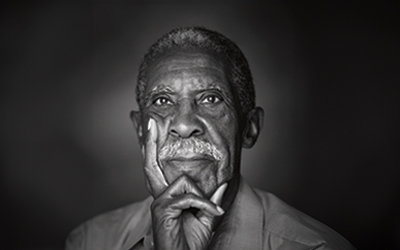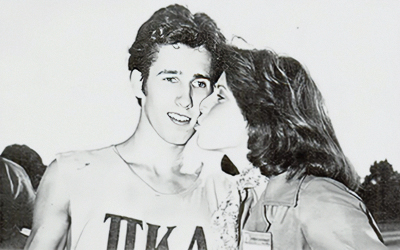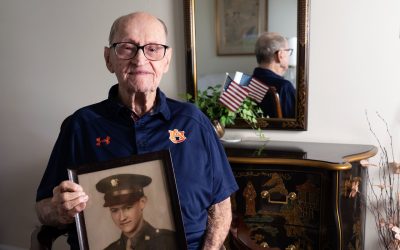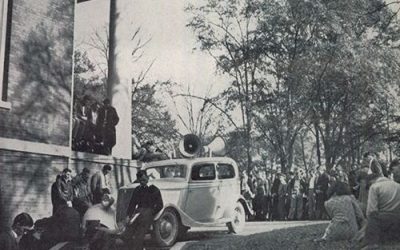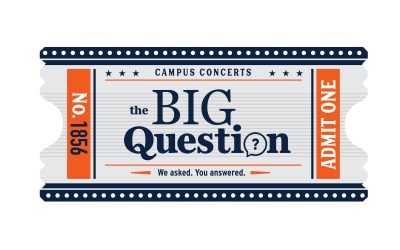Fifty years ago, unsure of his safety, a tall, soft-spoken Black man walked alone across the Auburn campus to register for classes.
Auburn Love Stories: How They Met
From blind dates to football games to chance meetings in the classroom, Auburn alums reflect on how they found love and everlasting romance on the Plains.
Fearless and Mostly True Auburn Stories
From the Sphinx to space, flappers to french fries, Auburn’s history is filled with stories that are too good to be true. Except they are.
Man Gives for 65 Years
Auburn grad invests in his alma mater for more than 65 years
80 Years of Infamy: Pearl Harbor and Auburn’s Turning Point
An alumnus’ life mirrors the changes that Auburn—and the nation—underwent because of WWII
Campus Concerts – The Big Question
What was your favorite concert you attended while a student at Auburn?
We need your great Auburn stories!
We are looking for the newest, most inspiring stories about Auburn students, faculty, staff and alumni. Stories that touch the head and heart and show Auburn as a modern university that embraces its history and celebrates the Auburn Family every chance it gets.
Have you recently had a job promotion, married or had an addition to your family?
The Year Auburn Canceled Football
Until The Bigger Game is Won
